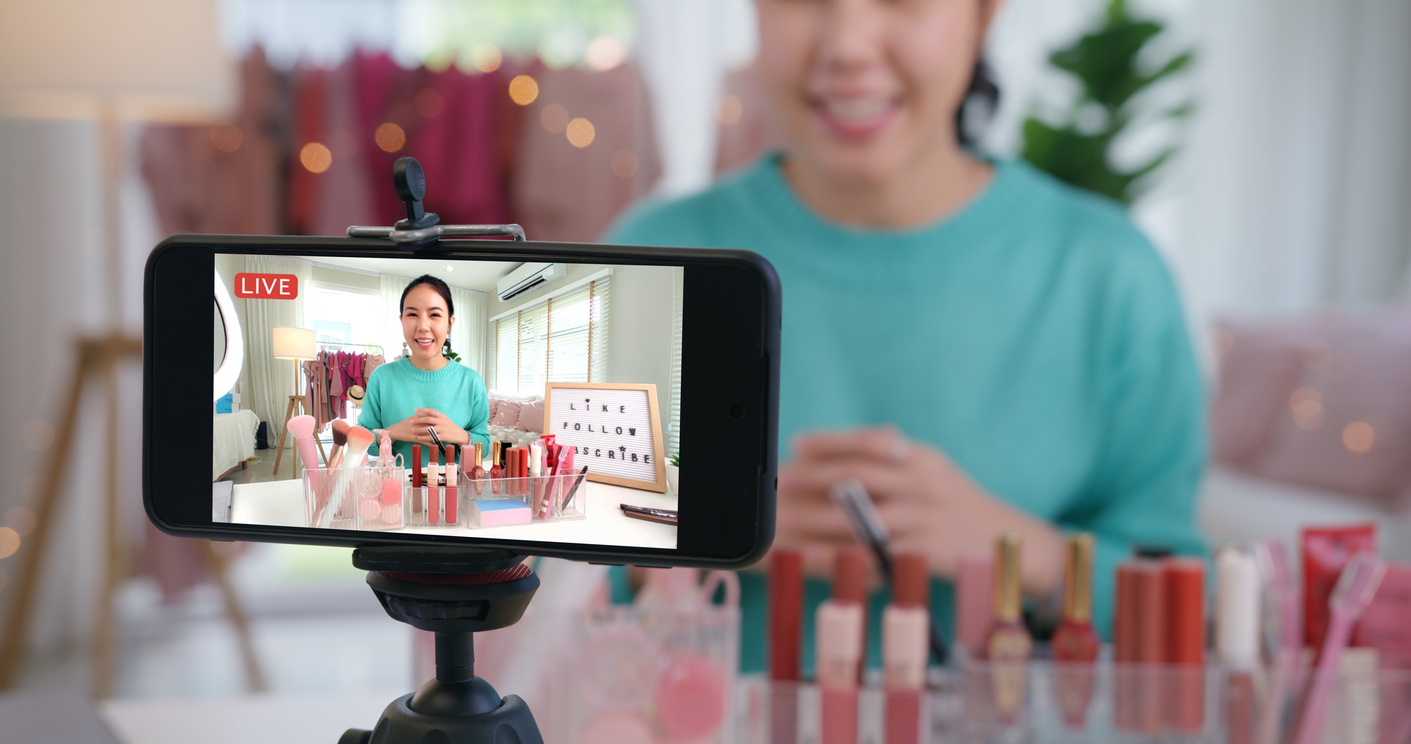
There was a time when beauty influencers ruled the internet. Their product hauls, makeup tutorials, and glowing skin routines shaped trends, sold out products overnight, and created entire subcultures on platforms like YouTube and Instagram. For nearly a decade, beauty influencers were the ultimate tastemakers of the digital age. But as social media evolves and audiences become more critical and savvy, many are starting to ask: are beauty influencers a thing of the past?
The short answer? Not quite—but their influence is shifting, and the landscape they once dominated is undergoing a major transformation.
The Rise and Reign of Beauty Influencers
To understand where beauty influencers are today, we need to look back at how they rose to prominence. In the early 2010s, YouTubers like Michelle Phan, NikkieTutorials, and Jackie Aina built loyal followings by offering real, relatable, and often raw beauty content. They weren’t polished celebrities or models—they were everyday people who loved makeup and wanted to share their passion.
This authenticity resonated deeply. These influencers weren’t just promoting products—they were building communities, teaching skills, and creating safe spaces for self-expression. And as their audiences grew, so did their commercial value. Brands began to take notice, sponsoring posts and launching collaborations, turning influencers into full-blown entrepreneurs.
Cracks in the Foundation
However, over the years, that sense of authenticity started to erode. As influencer culture boomed, so did accusations of over-commercialization, undisclosed sponsorships, and problematic behaviour. Scandals within the beauty community—often involving feuds, racism, or exploitation—made headlines and eroded public trust.
Audiences became more critical, scrutinizing every post and questioning motives. Were influencers still passionate about beauty, or had they become walking billboards? The line between genuine recommendation and paid advertisement blurred, and many followers started to feel disillusioned.
The Rise of the “De-Influencer”
In 2023 and into 2024, we saw the rise of a new phenomenon: de-influencing. Instead of telling viewers what to buy, creators began sharing what not to buy. This trend, largely driven by Gen Z, reflected a deeper cultural shift towards minimalism, sustainability, and mindful consumption.
Consumers are increasingly wary of overconsumption and are looking for more intentional, budget-friendly alternatives. Influencers who once encouraged hauls of 20 lipsticks are now being replaced—or evolving into—creators who champion using what you have, dupes over designer brands, and eco-conscious choices.
The shift has also been fuelled by economic pressures. With inflation and rising living costs across Canada and globally, fewer people are willing or able to splurge on luxury beauty items. This makes flashy influencer lifestyles seem out of touch, if not outright tone-deaf.
Micro-Influencers and Authenticity 2.0
While mega-influencers might be losing some of their shine, micro-influencers (those with smaller, more niche followings) are thriving. These creators often have stronger engagement rates, a more intimate connection with their audience, and are perceived as more trustworthy.
In fact, many beauty brands are pivoting their marketing strategies to focus on micro and even nano-influencers. These creators may only have a few thousand followers, but their communities are highly engaged and responsive. It’s less about reach and more about resonance.
This new generation of influencers often prioritizes transparency, inclusivity, and relatability over perfection. They’re not necessarily living in LA or using $200 serums—they’re your friend from university with great skin and honest reviews, your cousin who shares skincare tips on TikTok, or a Montreal-based artist talking about Indigenous-owned beauty brands.
Video Killed the Instagram Star?
Another shift that’s reshaping the influencer landscape is the dominance of short-form video content. TikTok, Instagram Reels, and YouTube Shorts have taken centre stage, favouring fast-paced, snackable content over long-form YouTube videos or perfectly curated Instagram grids.
This change has democratized beauty content. Anyone can go viral with a well-lit GRWM (Get Ready With Me) video or an honest product review filmed in their bathroom. As a result, influence is no longer concentrated in the hands of a few—it’s more fragmented and unpredictable.
So… Are Beauty Influencers Over?
Not exactly. The role of the beauty influencer isn’t dead—it’s evolving. The glam, high-budget influencer era may be fading, but a more grounded, diverse, and conscious version is taking its place. Audiences want more than just pretty faces and product links; they crave transparency, education, and connection.
Beauty influencers of the future will likely be educators, storytellers, and advocates as much as they are entertainers. They’ll talk about skin health, mental well-being, cultural identity, and environmental impact—not just the latest blush launch.
As Canada and the world continue to navigate complex economic and social realities, the beauty space will keep adapting. Influencers who can move with the times—staying authentic, informed, and inclusive—will remain relevant. Those who can’t? Well, they might just fade into the algorithm.
So to answer the question posed by the title of our post, no, beauty influencers aren’t entirely a thing of the past. But the era of the untouchable, hyper-curated beauty guru may be behind us. What’s rising in its place is messier, more real, and ultimately more meaningful.
And honestly? That’s kind of beautiful.
